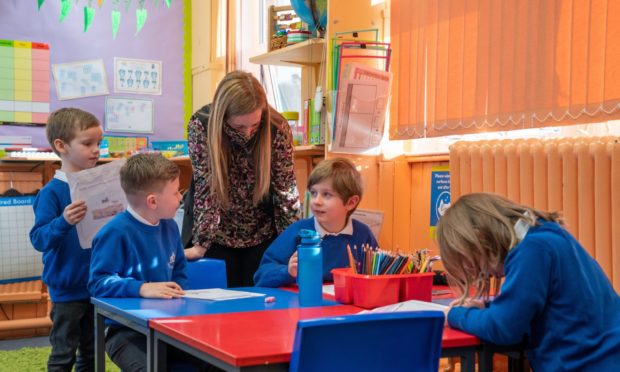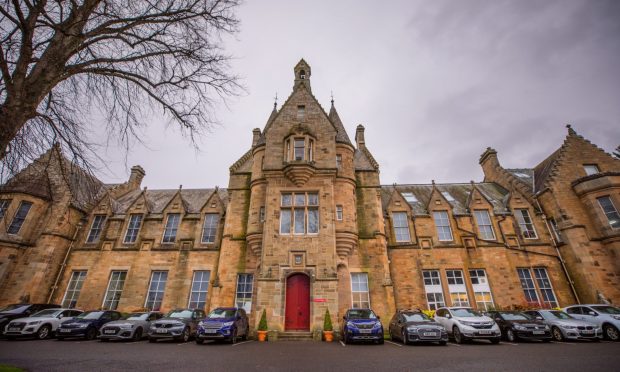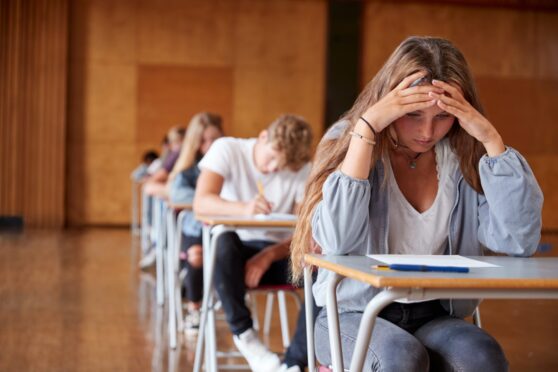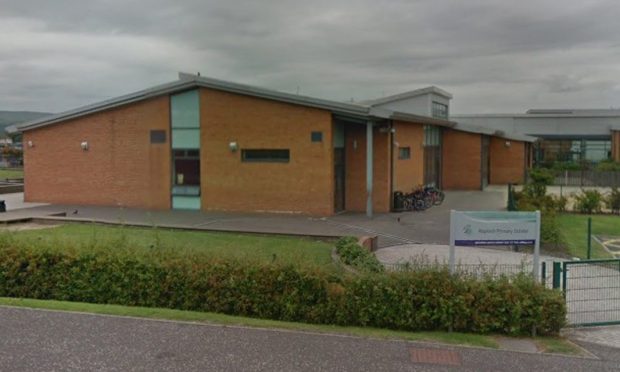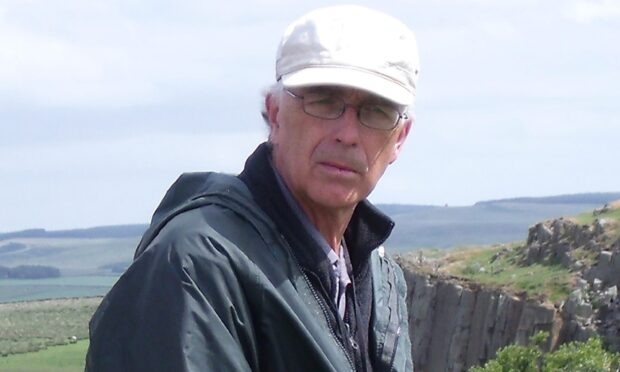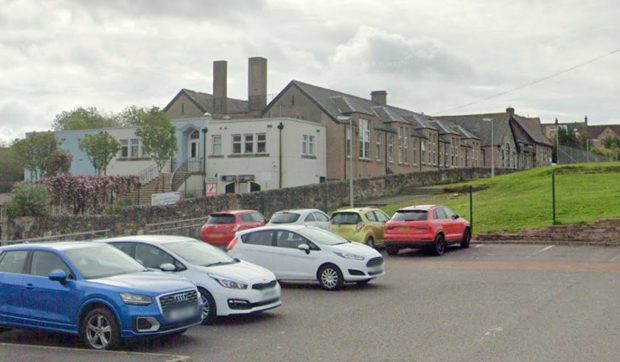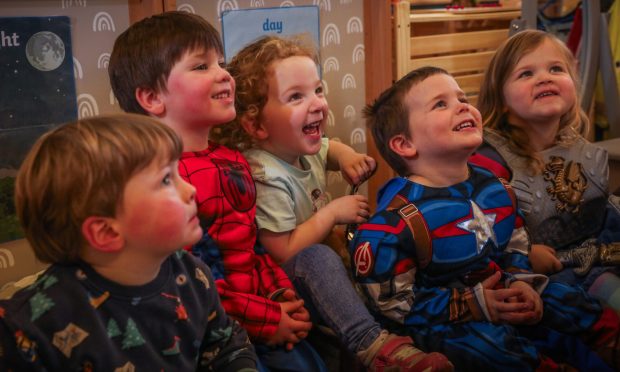An update on the next stage of the phased return of schools is expected to be given by the First Minister tomorrow.
Pupils in primary one to three returned to classrooms last Monday, as well as children in nursery and secondary school pupils who need to attend for practical coursework.
However the next phase of the reopening is expected to begin from March 15, with the rest of the primary school years, P4 to P7, returning.
This phase is also expected to involve allowing more senior phase secondary pupils back in the classroom for at least part of their learning.
All going to plan, the final phase of the reopening of schools will take place on April 5, with all secondary pupils returning.
All of these easing will depend on an “assessment that it is safe to proceed”, Nicola Sturgeon said last week.
It is expected that the First Minister will outline more details on the phases in her update to the Scottish Parliament on Tuesday.
Return of more students “very, very probable”
Speaking on BBC Radio Scotland this morning, Scotland’s national clinical director Jason Leitch said he was confident the next phase of the reopening would go ahead as planned.
He said: “I can’t give you a percentage. Some back on the 15th is very, very probable.
“So we’ve already said that the next group back will probably be the rest of primary and some S4 to S6 in addition to the ones that are already back.”
Despite his confidence in getting pupils back into classrooms as planned in the roadmap, Mr Leitch admitted the full return of secondary schools might be “trickier” given the challenges with social distancing in these settings.
He added: “S1 to S3 is trickier because that would fill the secondary schools and filling the secondary schools with no distancing is another layer of risk.
“Now we did that before and that will be one of the assessments we make in the modelling and the data that we do this week and next – feeding that up to the Deputy First Minister and the Cabinet.”
The SNP's plans to fully reopen schools after the Easter break would mean that pupils have missed nearly four months of classroom learning – that is simply not good enough.
We want to see pupils back in class in March, not April! pic.twitter.com/RvLywzl64H
— Jamie Greene MSP (@jamiegreeneUK) March 1, 2021
The Scottish Conservatives, however, have called for all pupils to return on March 15 – arguing that it’s “simply not good enough” that pupils have missed nearly four months of classroom learning.
Jamie Greene, Shadow Education Secretary said: “I really don’t see any justification for keeping young people in Scotland out of the classroom a month longer than other parts of the UK where I do think there are sensible plans in place.
“All we are talking about here is a matter of a couple of weeks.
“That doesn’t sound much but that is two weeks of face-to-face teaching and that will make all the difference, especially as we come into the exam period.
“What I’d like to hear from the First Minister this week is an ambitious plan to get young people back into the classroom.”
Easter holidays
Despite the aim to get all pupils back from April 5, it will be the middle of the month before all Tayside and Fife pupils return.
The Easter holidays mean youngsters in Dundee, Angus and Perthshire are likely to return to secondary schools on April 19 and to Fife high schools on April 12.
Following the unveiling of the roadmap last week, education secretary John Swinney confirmed that the planned Easter holiday dates will not change to allow pupils to return on April 5.
The steps out of lockdown announced today. The welcome return of some school pupils yesterday to be taken forward in two further stages after 15 March and 5 April. Easter school holiday dates are not changed. pic.twitter.com/iaEhRihwnt
— John Swinney (@JohnSwinney) February 23, 2021
Writing on Twitter, Mr Swinney said: “The welcome return of some school pupils yesterday to be taken forward in two further stages after 15 March and 5 April.
“Easter school holiday dates are not changed.”
The majority of pupils have been learning from home since the start of this term on January 11, with schools closed to all but key workers’ children and vulnerable children in a bid to suppress the transmission of the virus.
